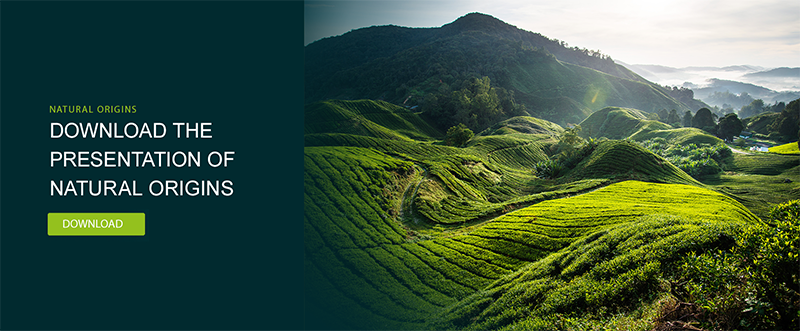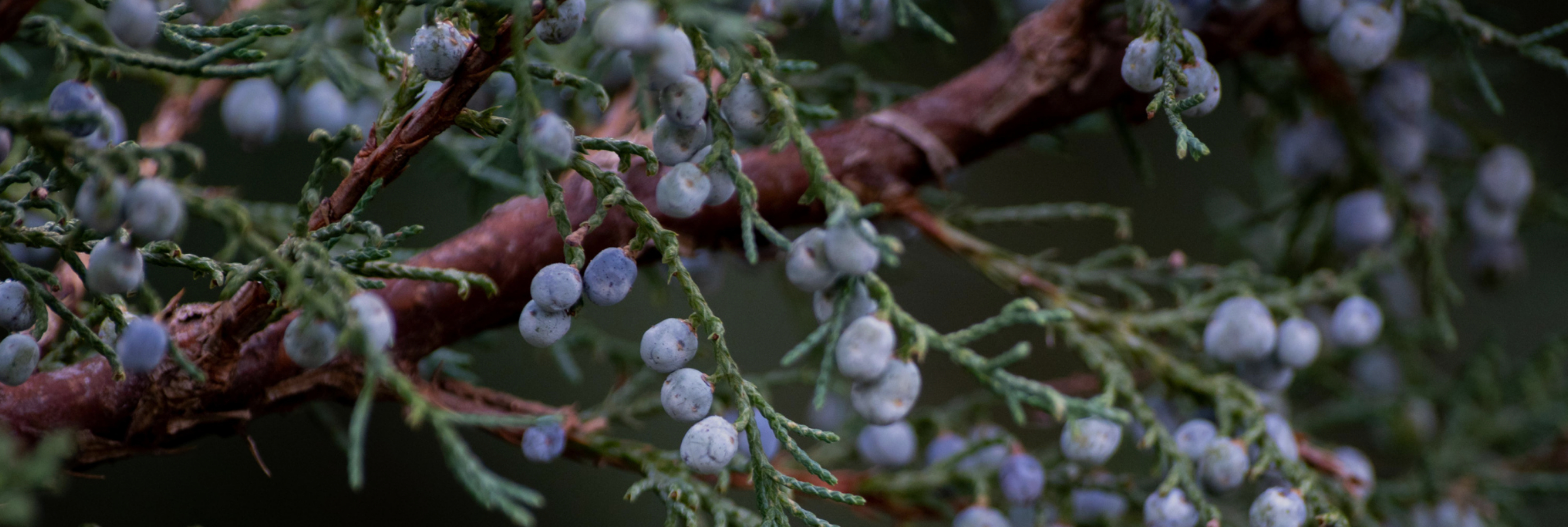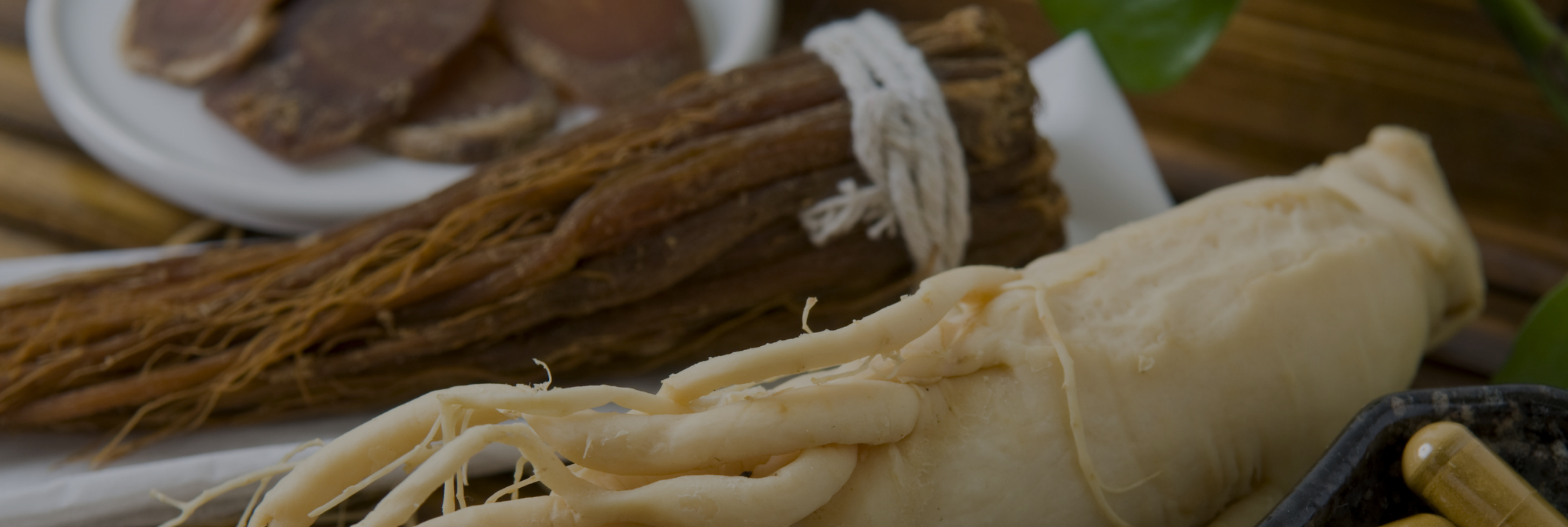Based on its media attention and now very popular, the expression "food transition" refers to the process by which a society changes its food production and consumption in order to deal with world environmental, nutritional, societal and ethical challenges.
What we know less about is that at every step in the history of humanity there was a period of food transition. In discovering fire and cooking food, our ancestors started the first food evolution. The second based on setting up farming as populations settled occurred approximately 12,000 years ago.
Following a negative and devasting realisation for the planet about industrialisation and its intensification through mass production, humanity is faced with new challenges. The scarcity of resources, growing populations, ecological catastrophes, and successive health crises lead to upheavals proving that it is impossible to continue producing and consuming like before.
Discover what this food transition involves and what are the challenges.
The overview of food production in the world / figures
According to the Food and Agriculture Organisation of the United Nations (FAO), 2 billion people lack access to adequate food. In addition, famine has progressed since 2014 due to economic crises and conflicts but also due to devasting climate conditions for crops. In the world, farmers paradoxically suffer the most from this malnutrition.
75% our diet is made up of 12 plants and 5 animal species, thus the alert launched in 2018 by the NGO Agronomists and Veterinarians Without Borders against the loss of biodiversity.
It has been noted that small farmers have seen their revenues drop and have lost their independence with regard to the agro-food giants, while consumers are faced with a loss of quality and diversity. Fast-food, sweet beverages, Western food snacking modes and the over-standardising of food have caused ecological and nutritional health problems. The explosion in the cases of type 2 diabetes is, for example, due to the prevalence of 3 cereals: rice, wheat and refined sugar which are ever-present in industrial products.
Overall awareness of public health problems (obesity, diabetes, world hunger)
This over-consumption of refined sugar, animal protein and the decrease in physical activity, have resulted in the emergence of metabolic diseases, such as obesity, diabetes and high blood pressure. According to the WHO, 650 million adults were obese in 2016 and this proportion has increased with the COVID-19 pandemic.
Moreover, numerous scientific studies have shown the danger of using phytosanitary products with the result of losing the nutritional value of plants. In 2013, Inserm highlighted the relation between exposure to pesticides and certain cancers and even Parkinson’s disease.
Based on a study in Lancet Planetary Health [1], the decrease in nutrients of numerous cereal crops, in terms of proteins, iron and zinc is due to the increase of CO2 in the atmosphere, responsible for climate change.
Environmental related problems: pollution, food waste, depleted resources, climate change
Based also on an FAO report [2], agriculture and especially industrial livestock breeding are responsible for considerable greenhouse gas emissions. Food based on animal breeding and fishing produce over 13 billion tons equivalent CO2 in the world yearly, that being 26 % of the total [3].
In addition, in order to feed conventional livestock, monoculture grain crops are exploited to the detriment of biodiversity, leading to deforestation, like in Amazonia. Declining biodiversity and certain essential species for soil functioning and pollination are in part due to monoculture [4].
The use of phytosanitary products and industrial farming techniques impoverishes the soil, dries and acidifies the land while preventing a sustainable yield, sufficient to everyone. These farming procedures are harmful in addition to depleting water reserves, of which 70% are used and often polluted by this farming.
Food waste is another alarming point: in France, for example, this represents 10 million tons per year of food according to the Ministry of Ecological Transition [5]. According to a study by the Agency of the Environment and Energy Management (ADEME), the breakdown of losses is as follows: during the production-consumption cycle 32% of food is lost in the production phase, 21% in the processing phase, 14% during distribution and 33% in the consumption phase [6].
Please feel free to contact us.
To see our entire product range, check out our online catalogue available 24 HOURS A DAY 7 DAYS A WEEK.
Sources :
[1] Robert H Beach, Timothy B Sulser, Allison Crimmins, Nicola Cenacchi, Jefferson Cole, Naomi K Fukagawa, Daniel Mason-D'Croz, Samuel Myers, Marcus C Sarofim, Matthew Smith, Lewis H Ziska, Combining the effects of increased atmospheric carbon dioxide on protein, iron, and zinc availability and projected climate change on global diets: a modelling study,The Lancet Planetary Health, Volume 3, Issue 7,2019, Pages e307-e317, ISSN 2542-5196, https://doi.org/10.1016/S2542-5196(19)30094-4.
[2] L’action de la FAO face au changement climatique Émissions de GES issues de l’agriculture, de la foresterie et des autres affectations des terres https://www.fao.org/3/i6340f/i6340f.pdf
[3] Les émissions de gaz à effet de serre provenant de la chaîne alimentaire – Source : Poore, J., & Nemecek, T. (2018). Reducing food’s environmental impact through producers and consumers. Science, 260(6392), 987-992
[4] Mathilde L. Tissier, Florian Kletty, Yves Handrich, Caroline Habold. Monocultural sowing in mesocosms decreases the species richness of weeds and invertebrates and critically reduces the fitness of the endangered European hamster. Oecologia. 2018
Claire Alcais
Copywriter - Author








Leave a comment